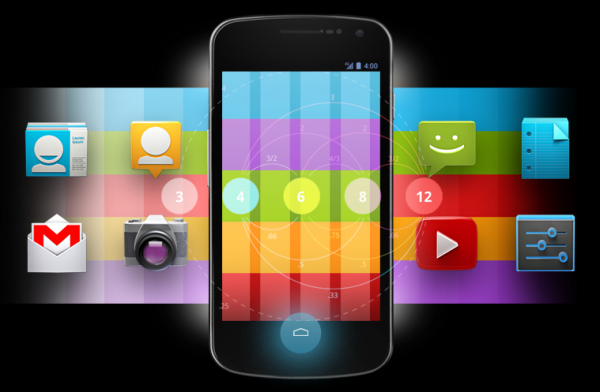 As a long time UMPC (Ultra Mobile PC) user, having a single device that could function as a mobile companion and a desktop computer has been a long time dream. For years I used Sony’s excellent UX180 UMPC to facilitate this sort of usage, but cramming a full desktop OS into a handheld package was not a solution that could work for the mainstream. Trying to scale from big to small proved to be difficult for battery life and control schemes. In the end the UMPC never reached out of the niche category. The dream, however, has lived on.
As a long time UMPC (Ultra Mobile PC) user, having a single device that could function as a mobile companion and a desktop computer has been a long time dream. For years I used Sony’s excellent UX180 UMPC to facilitate this sort of usage, but cramming a full desktop OS into a handheld package was not a solution that could work for the mainstream. Trying to scale from big to small proved to be difficult for battery life and control schemes. In the end the UMPC never reached out of the niche category. The dream, however, has lived on.
Could Android 4.0 Ice Cream Sandwich be the OS that not only bridges the gap between smartphone and tablet, but also extends to the desktop?
It seems that scaling from small to large may be a better approach for the computer-as-a-desktop paradigm, as is evident from this video demonstrating such usage with a Galaxy Nexus hooked up to a large monitor, wireless keyboard and trackpad:
If the demonstration above isn’t a compelling look at where the future of mobile computing could lead, I don’t know what is!
Seeing this really reawakens that dream of having a single device that can scale gracefully across multiple use-cases. Chippy calls this sort of multiple-scenario functionality ‘High Dynamic Range Computing‘ (HDRC); among other challenges, he warns that the industry may resist supporting HDRC because they want us to continue to purchase multiple devices instead of just one.
The author of the video makes a great point — this is already a pretty good experience, but it’s rarely even touted as a feature of the platform (maybe that’s some of the resistance coming into play).
We’ve seen similar multi-scenario computing with Android devices before. The Motorola Atrix has an optional ‘lapdock’ which gives the user a large screen and full keyboard, and even a full build of Linux Firefox to use. Alternatively, the Atrix could be hooked up to a dock with HDMI output for use with a full monitor. Though less broad in scope, Asus is leading the way with the ‘smartbooks’ form-factor by offering detachable keyboards to their line of Transformer tablets.
If Google started to push this sort of usage, they could give all Android users HDRC functionality which would provide a productive environment when the device is hooked up to the right peripherals. It seems like all of the core functionality is already built into Android. Google could get an important upper-hand on Apple with this strategy as Apple would likely shy away from this sort of power-user feature.
What’s your take on HDRC with Android devices? Is this something you’d like to see further developed, or would you rather keep your productivity and your smartphone consumption separate?











“As a long time UMPC user”
At first I was like, wait, another UMPC user?! Holy crap!
Then I remembered, I know you already. We’re still at two…
” but cramming a full desktop OS into a handheld package was not a solution that could work for the mainstream.”
Screw the mainstream. They don’t know what they want.
This is the same person who says “never make the choice to the user”?
: P
As a stepping stone it is great. As a solution it is… not so much, I’d dare to say.
The whole experience is tailored towards touch input. Every element is thumb clickable. Which is great, because it is a touch based OS.
But as a desktop OS I’d like to see a cursor based design. Smaller elements and menu entries. More options to choose from in less cascaded menus.
You would have to recreate the experience for each usage scenario to my the experience great.
And here lies the problem: The device would have to check the whole time, if the device is connected to a larger screen, if that is just an optical output (like streaming video) or part of the workplace (it is the main screen and I’d like to control it via mouse and keyboard) and so on.
As long as we don’t see this – and each program/app would have to support this as well – the experience will remain sub par.
Android already does this to a degree. If his phone had gone into Android’s “tablet mode” when docked then the experience would have been MUCH better on a desktop monitor.
I have absolutely no doubt this is were Google is heading (since they have no desktop OS to protect). Android is not just a threat to mobile, it’s also a threat to the desktop.
Completely agree. Keep the files in sync but use the right software for the right usage scenario. Push-sync files to create the illusion of working on a single device. But use different platforms depending on the input method.
I was able to do a similar thing with my Galaxy Tab with ginger bread but the most important thing it was lacking was hot keys for cut copy and paste.